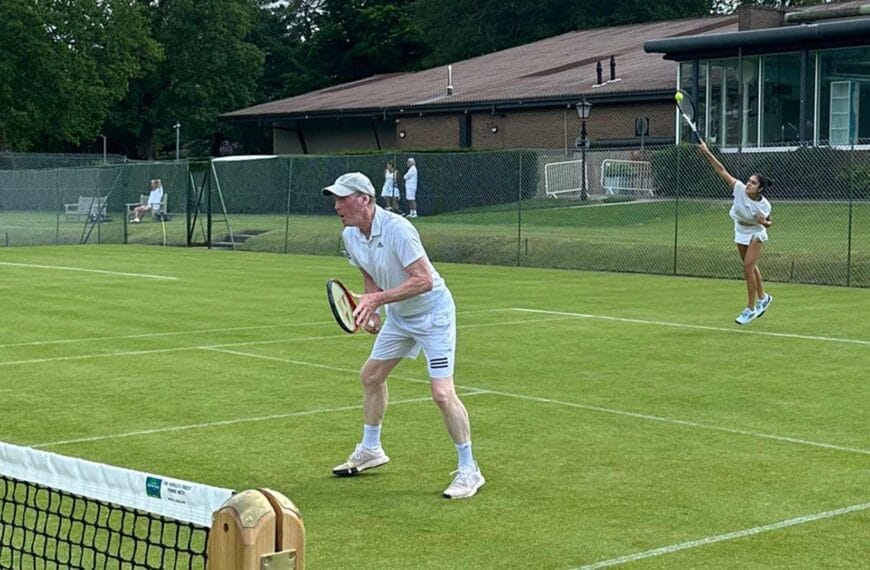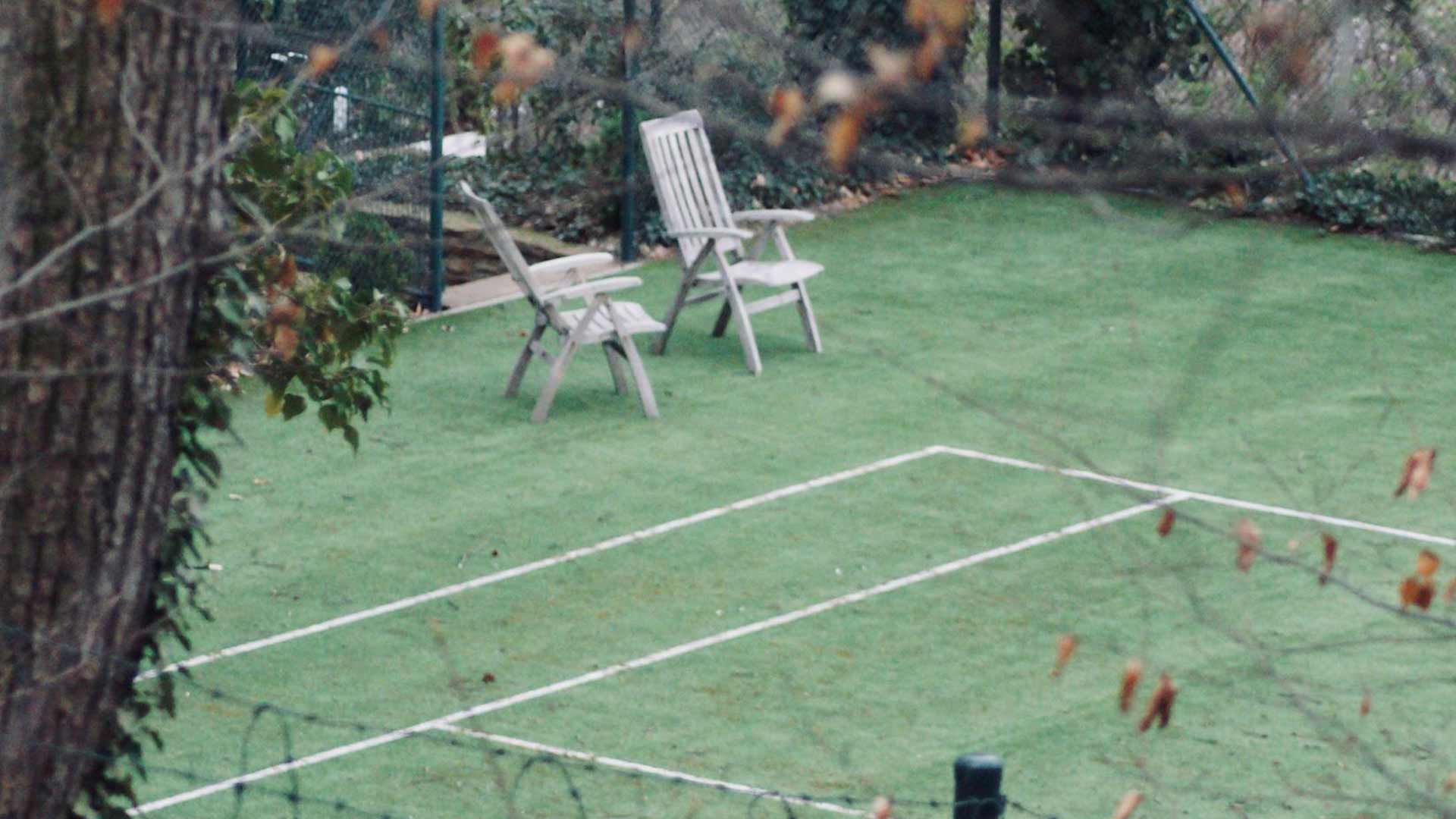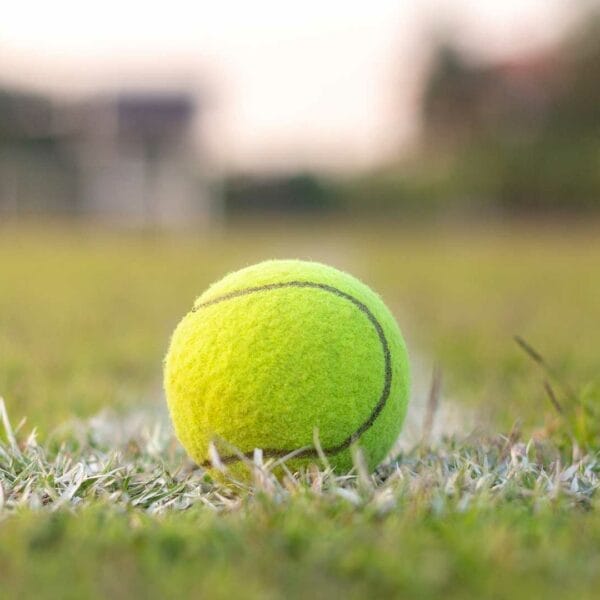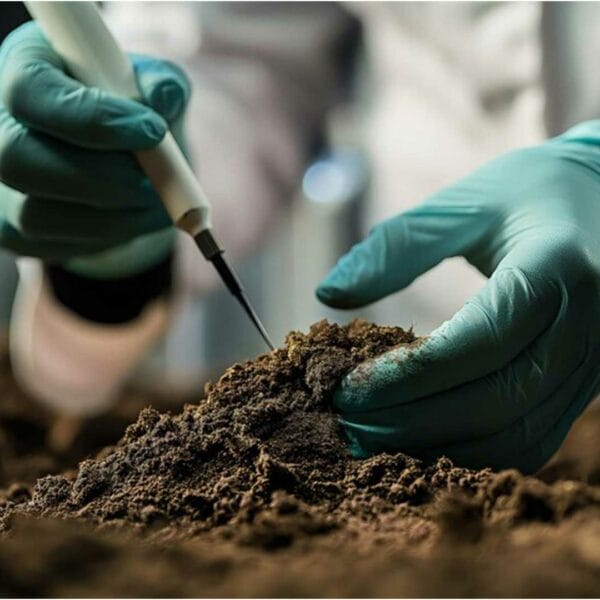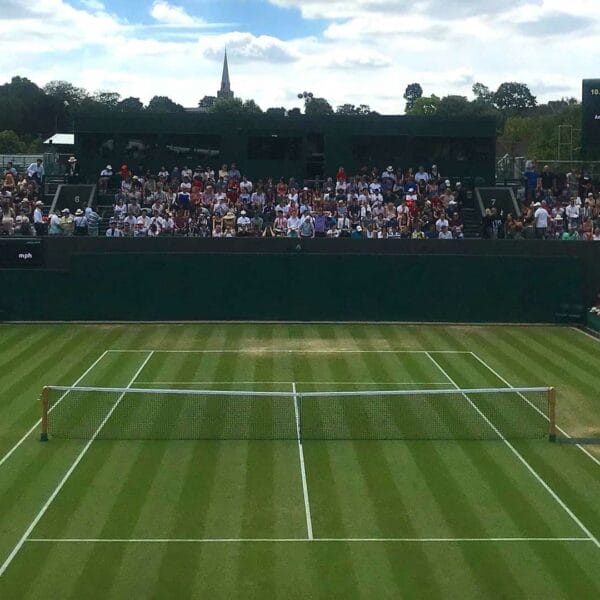What is the optimal moisture level for a grass tennis court?
Importance of Maintaining Optimal Moisture Levels in Grass Tennis Courts
Maintaining optimal moisture levels in grass tennis courts is crucial for ensuring a safe and enjoyable playing experience. The ideal moisture level allows for excellent ball bounce, traction, and overall court playability. When the moisture level is too low, the grass becomes brittle and prone to injury from falls or overexertion.
On the other hand, excessive moisture can lead to waterlogging, making it difficult for players to move around the court without slipping or falling. This can result in injuries, particularly to joints and muscles. Moreover, prolonged exposure to excessive moisture can cause the grass to become soggy and develop fungal diseases, ultimately affecting its lifespan.
The importance of maintaining optimal moisture levels cannot be overstated, especially during peak tennis seasons when courts are frequently used. By keeping the moisture level within an acceptable range, facility managers can ensure that their grass tennis courts remain playable throughout the year, even during periods of drought or heavy rainfall.
In addition to providing a safe playing surface, optimal moisture levels also contribute to the longevity of the grass. Proper hydration helps prevent soil compaction, reduce erosion, and promote healthy root growth. This, in turn, enables the grass to recover quickly from wear and tear, reducing the need for frequent repairs and maintenance.
Furthermore, maintaining optimal moisture levels can help reduce the risk of costly repairs and downtime associated with damaged courts. By investing time and resources into managing moisture levels, facility managers can enjoy numerous benefits, including improved player safety, increased court usage, and extended grass lifespan.
Factors Affecting Moisture Levels in Grass Tennis Courts
Maintaining optimal moisture levels in grass tennis courts requires a thorough understanding of various factors that influence these levels. Several key elements impact the moisture content of the soil, grass, and overall court conditions.
Weather Conditions
Temperature, humidity, wind speed, and precipitation patterns significantly affect moisture levels in grass tennis courts. High temperatures and low humidity can cause rapid evaporation, leading to dry conditions, while heavy rainfall can result in waterlogging. Understanding local weather forecasts and adjusting irrigation schedules accordingly is essential for maintaining optimal moisture levels.
Soil Type and Composition
Different types of soil have varying capacities to retain and release moisture. Sandy soils tend to drain quickly, while clay soils hold more water. Facility managers should analyze the soil composition and adjust irrigation strategies to accommodate its specific characteristics.
Grass Species and Maturity
Various grass species have unique moisture requirements. Some species may require more frequent watering due to their higher transpiration rates. Additionally, mature grass tends to require less water than newly seeded or sodded areas.
Irrigation System Efficiency
Inefficient irrigation systems can lead to overwatering or underwatering, both of which negatively impact moisture levels. Regular system checks and adjustments can help optimize water distribution and minimize waste.
Topography and Drainage
Sloping or uneven terrain can create areas where water accumulates, leading to waterlogging. Effective drainage systems and grading can help mitigate this issue and promote even moisture distribution.
Player Traffic and Usage
Frequent player traffic can compact the soil, reducing its ability to absorb and retain moisture. Implementing measures to reduce soil compaction, such as aerating and topdressing, can help maintain optimal moisture levels.
These factors interact in complex ways, requiring facility managers to carefully monitor and adjust their moisture management strategies to achieve optimal results. By understanding these influencing factors, they can make informed decisions to ensure their grass tennis courts remain safe, playable, and well-maintained throughout the year.
Effects of Excessive or Insufficient Moisture on Grass Tennis Court Playability
Excessive or insufficient moisture levels in grass tennis courts can significantly impact playability, affecting the safety and enjoyment of players. When moisture levels are too high or too low, it can compromise the court’s surface, leading to a range of issues.
Effects of Excessive Moisture
High moisture levels can cause the grass to become waterlogged, making it difficult for players to move around comfortably. This can lead to slippery surfaces, increasing the risk of slips, trips, and falls. Waterlogged courts also become prone to erosion, causing the grass to deteriorate rapidly. Furthermore, excessive moisture can foster the growth of fungi and bacteria, potentially harming the health of the grass.
In addition to these issues, excessively moist courts can also reduce ball bounce and create inconsistent playing conditions. The increased moisture content in the soil can flatten the grass blades, resulting in a slower and more unpredictable game.
Effects of Insufficient Moisture
Conversely, insufficient moisture levels can cause the grass to become brittle and dry, leading to a hard and unforgiving surface. This can result in a faster and more aggressive game, but it also increases the risk of injuries, particularly to joints and muscles. Dry courts can also become susceptible to wear and tear, causing the grass to break down and lose its texture.
Insufficient moisture can also increase dust and debris, creating poor air quality and visibility issues during matches. Moreover, dry courts can be more challenging to maintain, as they require more frequent watering and aeration to prevent damage.
Maintaining optimal moisture levels is crucial for ensuring a safe and enjoyable tennis experience. By monitoring and adjusting moisture levels regularly, facility managers can prevent excessive or insufficient moisture from compromising the court’s playability and longevity.
Measuring Moisture Levels in Grass Tennis Courts
Accurate measurement of moisture levels is essential for maintaining optimal conditions on grass tennis courts. Several methods can be employed to determine the moisture content of the soil, including:
1. Soil Probes
These handheld devices measure moisture levels by inserting a probe into the soil and providing a reading based on electrical conductivity. Soil probes offer quick and easy measurements, allowing facility managers to monitor moisture levels throughout the day.
2. Tensiometers
Tensiometers measure the suction force required to extract water from the soil, providing an indirect indication of moisture levels. They are commonly used in conjunction with soil probes to obtain a comprehensive understanding of soil moisture.
3. Gravimetric Method
This method involves collecting a sample of soil and measuring its weight before and after drying. The difference in weight indicates the amount of moisture present in the soil. While this method provides accurate readings, it requires laboratory equipment and can be time-consuming.
4. Electrical Resistance Tomography (ERT)
ERT uses electrical signals to measure the moisture content of the soil. This non-invasive technique allows for continuous monitoring of moisture levels without disrupting play.
5. Moisture Sensors
Moisture sensors use various technologies, such as capacitance or infrared radiation, to detect changes in soil moisture. These sensors can be installed beneath the court surface or embedded within the irrigation system, providing real-time data on moisture levels.
When selecting a method for measuring moisture levels, consider factors such as accuracy, ease of use, cost, and compatibility with existing infrastructure. Combining multiple methods can provide a comprehensive understanding of soil moisture and help facility managers make informed decisions about irrigation and maintenance strategies.
Ideal Soil Moisture Content for Grass Tennis Courts
Maintaining optimal soil moisture levels is crucial for ensuring the health and playability of grass tennis courts. The ideal soil moisture content varies depending on several factors, including climate, soil type, and grass species. Generally, the ideal range for grass tennis courts is between 30% and 60% volumetric moisture content.
At the lower end of this range, the soil should be slightly moist but not waterlogged. This allows for good drainage and prevents the growth of fungi and other pathogens that thrive in wet environments. On the other hand, at the higher end of the range, the soil should be consistently moist but not saturated. This promotes healthy root growth and maintains the structural integrity of the grass.
In terms of specific values, research suggests that the following ranges are suitable for different types of grass:
– For perennial ryegrass, the ideal soil moisture range is between 35% and 50%.
– For Kentucky bluegrass, the ideal soil moisture range is between 40% and 55%.
– For Bermuda grass, the ideal soil moisture range is between 25% and 45%.
It’s worth noting that these values may vary depending on local weather conditions and soil characteristics. Therefore, it’s essential to regularly monitor soil moisture levels and adjust irrigation schedules accordingly to ensure optimal conditions for the grass.
Regular monitoring also helps prevent overwatering, which can lead to a range of problems, including:
– Reduced air circulation and increased risk of fungal diseases
– Increased risk of erosion and soil compaction
– Decreased grass density and reduced playing quality
Conversely, under-watering can cause:
– Reduced grass density and playing quality
– Increased risk of drought stress and heat damage
– Decreased soil fertility and structure
By maintaining optimal soil moisture levels, facility managers can ensure a safe and enjoyable tennis experience for players while also promoting the long-term health and sustainability of the grass tennis court.
Impact of Weather Conditions on Moisture Levels in Grass Tennis Courts
Weather conditions significantly affect the optimal moisture levels for grass tennis courts. Extreme temperatures, precipitation patterns, and wind speeds all contribute to fluctuations in soil moisture content. Understanding how weather affects moisture levels is crucial for facility managers to make informed decisions about irrigation schedules and maintenance practices.
Temperature fluctuations directly impact soil moisture levels. High temperatures can cause rapid evaporation, leading to dry soil conditions, while low temperatures slow down evapotranspiration rates, resulting in waterlogging. In regions with hot summers, increasing irrigation frequencies during peak temperature periods is essential to prevent excessive soil drying out. Conversely, in areas with cold winters, reduced irrigation schedules may be necessary to avoid water accumulation in the soil.
Precipitation patterns also significantly influence soil moisture levels. Heavy rainfall events can saturate the soil, making it prone to waterlogging and reducing air circulation around the grass blades. Light rainfall, on the other hand, may not provide sufficient moisture to sustain the grass, necessitating additional irrigation. Facility managers must closely monitor weather forecasts and adjust their irrigation strategies accordingly to maintain optimal moisture levels.
Wind speed is another critical factor affecting soil moisture levels. Strong winds can accelerate evaporation rates, causing the soil to dry out rapidly. In windy areas, measures to reduce wind-driven evaporation, such as installing windbreaks or using micro-irrigation systems that deliver water directly to the grass roots, are essential.
Seasonal changes also impact soil moisture levels. During spring and fall, when temperatures are mild and rainfall is more frequent, soil moisture levels tend to remain stable. However, during summer months, when temperatures soar and rainfall decreases, soil moisture levels often drop, requiring increased irrigation efforts. In winter, when temperatures are low, and rainfall is scarce, soil moisture levels may become too high due to reduced evapotranspiration rates, necessitating adjustments to irrigation schedules.
To mitigate the effects of weather conditions on moisture levels, facility managers can employ various strategies, including:
– Implementing smart irrigation controllers that adjust watering schedules based on real-time weather data
– Installing rain sensors to detect precipitation events and adjust irrigation schedules accordingly
– Using soil moisture probes to monitor soil moisture levels and adjust irrigation frequencies
– Applying mulch or other soil amendments to improve soil structure and reduce evaporation rates
– Conducting regular soil tests to determine nutrient deficiencies and adjust fertilization programs
By understanding the impact of weather conditions on moisture levels and implementing effective management strategies, facility managers can maintain optimal soil moisture levels, ensuring a safe and enjoyable tennis experience for players while promoting the long-term health and sustainability of the grass tennis court.
Strategies for Managing Moisture Levels in Grass Tennis Courts
Strategies for managing moisture levels in grass tennis courts involve a combination of technological advancements, manual monitoring, and proactive decision-making. Effective moisture management requires a deep understanding of the complex interactions between weather conditions, soil composition, and grass growth.
Implementing Smart Irrigation Controllers
Smart irrigation controllers use real-time weather data to adjust watering schedules, ensuring that the grass receives the right amount of moisture at the right time. These systems can be programmed to take into account factors such as temperature, humidity, wind speed, and precipitation patterns, allowing for precise control over irrigation frequencies.
Installing Rain Sensors
Rain sensors detect precipitation events and automatically adjust irrigation schedules to prevent overwatering. This technology helps to conserve water resources, reduces the risk of waterlogging, and minimizes the need for manual intervention.
Using Soil Moisture Probes
Soil moisture probes measure the actual moisture levels in the soil, providing valuable insights into the current state of the grass. By monitoring soil moisture levels, facility managers can adjust irrigation frequencies, identify potential issues, and make data-driven decisions to optimize moisture management.
Applying Mulch or Soil Amendments
Mulch and soil amendments can help to improve soil structure, reduce evaporation rates, and promote healthy grass growth. By applying these materials strategically, facility managers can create an environment that supports optimal moisture levels and reduces the need for frequent irrigation.
Conducting Regular Soil Tests
Regular soil tests help to identify nutrient deficiencies, pH imbalances, and other issues that can affect moisture levels. By addressing these underlying problems, facility managers can create a balanced ecosystem that promotes healthy grass growth and optimal moisture retention.
Monitoring and Adjusting Moisture Levels
Effective moisture management requires ongoing monitoring and adjustment. Facility managers should regularly inspect the grass, check soil moisture levels, and review weather forecasts to ensure that irrigation schedules are optimized. By staying vigilant and adapting to changing conditions, facility managers can maintain optimal moisture levels and ensure a safe and enjoyable tennis experience for players.
In addition to these strategies, facility managers can also consider implementing other best practices, such as:
– Scheduling irrigation during cooler parts of the day to minimize evaporation
– Using drought-tolerant grass species or varieties that require less water
– Implementing efficient irrigation systems that deliver water directly to the roots of the grass
– Creating a comprehensive maintenance plan that includes regular inspections, repairs, and upgrades to irrigation infrastructure
By combining these strategies and best practices, facility managers can develop a robust moisture management program that ensures optimal moisture levels, promotes healthy grass growth, and provides players with a safe and enjoyable tennis experience.
Role of Irrigation Systems in Maintaining Optimal Moisture Levels
The role of irrigation systems in maintaining optimal moisture levels in grass tennis courts cannot be overstated. Properly designed and installed irrigation systems are crucial in regulating moisture levels, ensuring that the grass remains healthy and playable throughout the year.
Irrigation systems typically consist of a network of pipes, sprinklers, and valves that distribute water to specific areas of the court. The most effective irrigation systems are those that utilize precision irrigation technologies, which allow for targeted watering and reduced water waste. These systems often incorporate features such as:
– Zone control: Facility managers can divide the court into separate zones, each with its own watering schedule and frequency.
– Pressure regulation: Ensuring consistent water pressure across the entire system, even when multiple sprinklers are operating simultaneously.
– Flow metering: Enabling facility managers to monitor water usage and identify areas where adjustments may be necessary.
In addition to these features, modern irrigation systems often integrate with smart technologies, such as weather stations and soil moisture sensors, to optimize watering schedules based on real-time data. This allows facility managers to respond quickly to changes in weather conditions and soil moisture levels, ensuring that the grass receives exactly what it needs to thrive.
When selecting an irrigation system for a grass tennis court, facility managers should consider several key factors, including:
– Water efficiency: Look for systems that use low-flow nozzles and drip irrigation to minimize water waste.
– Durability: Choose systems made from high-quality materials that can withstand harsh weather conditions and heavy use.
– Maintenance requirements: Consider systems that are easy to install, repair, and maintain, reducing downtime and costs associated with upkeep.
– Scalability: Select systems that can grow with the facility, accommodating increased demand and evolving needs.
By investing in a well-designed and properly maintained irrigation system, facility managers can ensure optimal moisture levels, promote healthy grass growth, and provide a safe and enjoyable tennis experience for players.
Best Practices for Monitoring and Adjusting Moisture Levels
Best practices for monitoring and adjusting moisture levels in grass tennis courts involve a combination of regular maintenance, precise measurement tools, and data-driven decision-making. Facility managers can implement the following strategies to ensure optimal moisture levels:
Regular Soil Testing
Conducting regular soil tests helps determine the ideal soil moisture content for the specific grass species and climate conditions. This information enables facility managers to adjust their irrigation schedules accordingly.
Moisture Meters
Using moisture meters to measure soil moisture levels provides accurate readings, allowing facility managers to make informed decisions about watering schedules. These devices can be inserted into the soil to obtain precise measurements.
Weather Station Integration
Integrating weather stations with irrigation systems enables facility managers to receive real-time data on temperature, humidity, and precipitation levels. This information helps them adjust watering schedules to prevent overwatering during rainy periods and underwatering during dry spells.
Soil Moisture Sensors
Installing soil moisture sensors in the court’s root zone provides continuous monitoring of soil moisture levels. The sensors can alert facility managers when moisture levels drop below a certain threshold, prompting adjustments to the irrigation schedule.
Data Analysis
Analyzing data from various sources, including soil tests, moisture meters, and weather stations, helps facility managers identify trends and patterns in moisture levels. This information informs data-driven decisions about irrigation schedules and other maintenance activities.
Adjusting Irrigation Schedules
Based on the data collected, facility managers can adjust irrigation schedules to ensure optimal moisture levels. This may involve increasing or decreasing watering frequencies, adjusting watering durations, or modifying the timing of irrigations.
Communication with Ground Staff
Effective communication between facility managers and grounds staff ensures that everyone is aware of the current moisture levels and any adjustments being made to the irrigation schedule. This collaboration promotes consistency and accuracy in moisture management.
Continuous Monitoring
Regularly checking moisture levels and making adjustments as needed ensures that the court remains at optimal moisture levels. This proactive approach prevents issues related to excessive or insufficient moisture, promoting healthy grass growth and a safe playing surface.
Conclusion: Achieving Optimal Moisture Levels for a Safe and Enjoyable Tennis Experience
In conclusion, maintaining optimal moisture levels is crucial for ensuring a safe and enjoyable tennis experience on grass courts. By understanding the factors affecting moisture levels, measuring soil moisture content, and implementing effective strategies for managing moisture, tennis facilities can achieve ideal conditions that promote healthy grass growth, reduce the risk of injuries, and enhance overall playability. The ideal soil moisture content for grass tennis courts ranges between 30-40% volumetric water content, which can be achieved through careful irrigation management and monitoring of weather conditions. By adopting best practices for monitoring and adjusting moisture levels, tennis facilities can create an optimal environment for players to thrive, ultimately leading to a more enjoyable and rewarding tennis experience.




